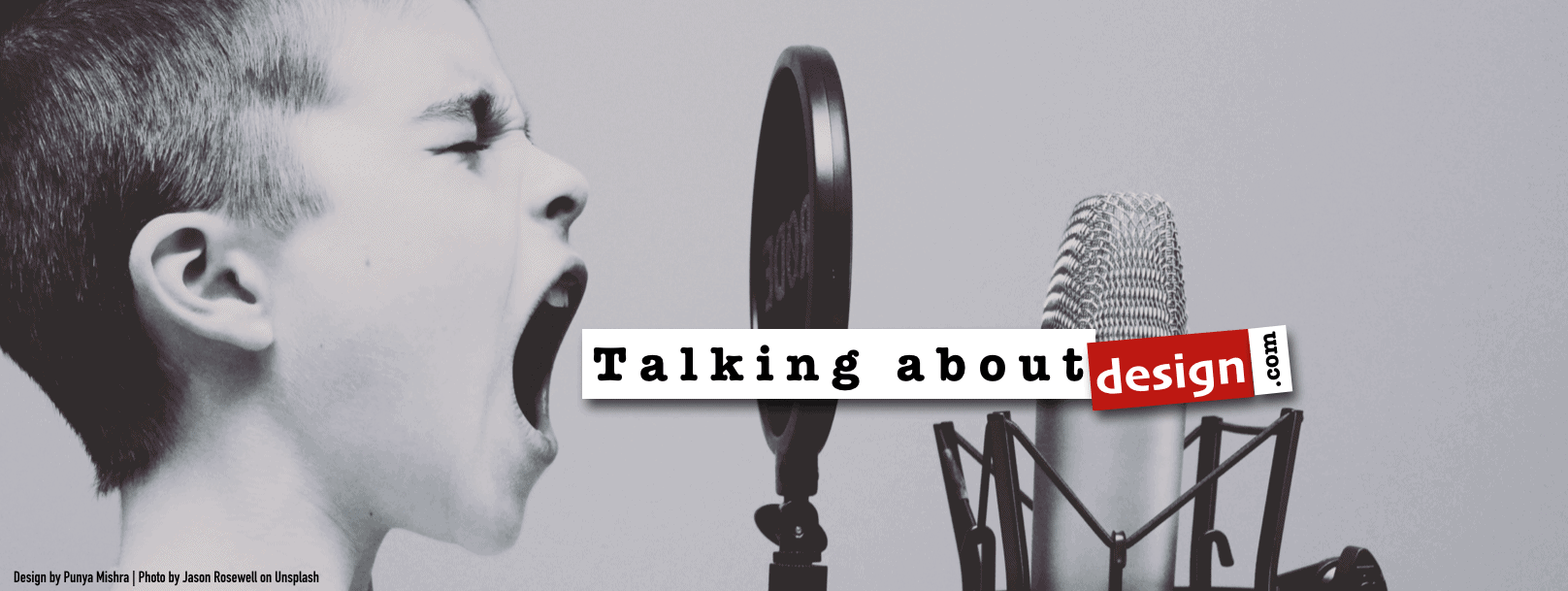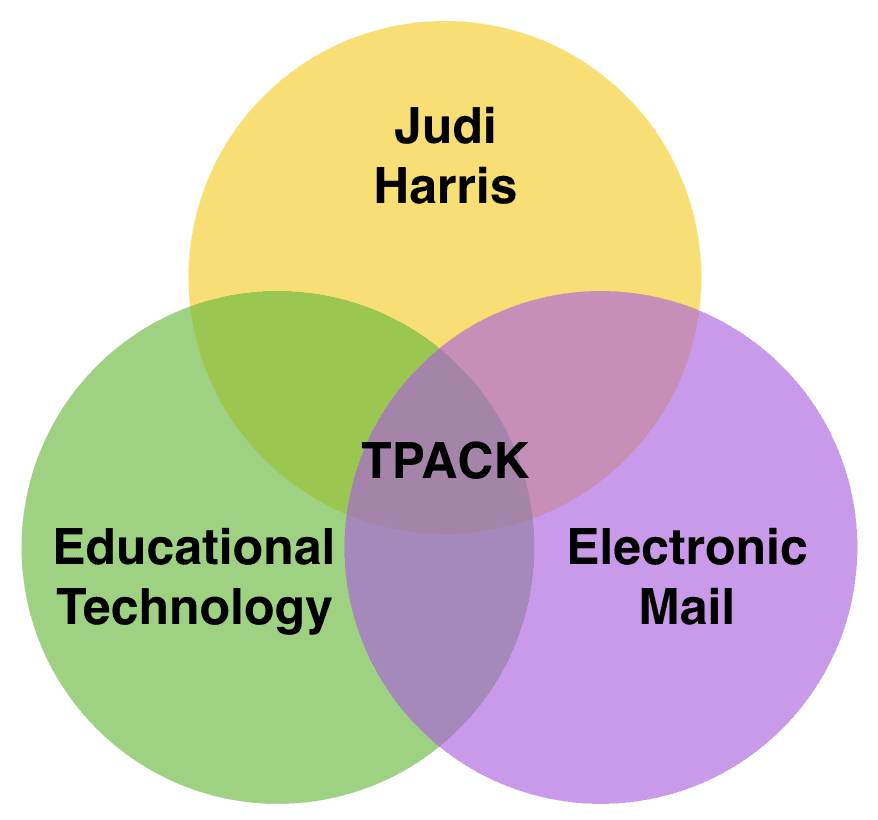The Daily Show featured William Kamkwamba, a Malawian high school student who built a windmill by looking at pictures in a book! I have always been a fan of jugaad, the idea of indigenous creativity using the detritus that seems to be a function of our modern world. And this is just an amazing story.
What is both incongruous and amazing is that we live in a world where there can be a terrible famine that a 14 year old has to drop out of school. And this boy finds a book at a library funded by some Western agencies, and looking at the pictures (he couldn’t read English very well) builds a windmill. The story ends up in the newspaper, and then hits the blogosphere. The kid ends up presenting at the TED conference in Africa!… and here is is on the Daily Show! Incidentally, Jon Stewart has a delicate balancing act as he tries to get this story across even while cracking jokes that his guest may not even understand.
Just how far Kamkwamba has come is best revealed by watching the video till the end… Watch for the discussion about Google.
| The Daily Show With Jon Stewart | Mon – Thurs 11p / 10c | |||
| William Kamkwamba | ||||
|
||||
As he says, “Where was this Google, all this time?”




Thanks Mete. This is something that has always bothered me. I mean what would Brin and Page have been doing if they had been born in a tribal village in India? Or Picasso born in the middle east where representations of human form are frowned upon? One could go on and on..
And of course, we can flip it around and wonder what William Kamkwaba would be doing if he were born in inner-city Detroit?
“Punya Mishra Says:
October 10th, 2009 at 10:29 am
Thanks Bob. I wonder how many Williams’ are out there in the world, their creativity neglected and ignored.”
This was exactly what i was thinking this summer working at a summer for gifted students in the US.
So, I’ve been thinking a lot about dynamic systems and self-organization in development these days…and it occurs to me that William Kamkwaba’s creative spirit was quite possibly all he had left…and that made all of the difference. He was no longer in school, people in his village were dying of hunger. He had nothing to lose by trying to create this beautiful solution. The conditions of his environment supported the emergence of critical thinking, problem solving and creativity. How truly inspiring.
Last year, I read in the NY Times a convocation address by JK Rowling. Though I’m surely not citing exactly, she said “by all estimation, I was a complete failure. Everything my parents had feared might happen to me, had happened. I was a single, unemployed mother, on the dole – just about as poor as you could get in England. All I had was this story in my head. Because everything else had been stripped away, my only option was to focus on the one thing I had…” She went on to encourage graduates to find that “one thing”.
Together, these two stories make me wonder about the conditions that support the emergence of beautiful innovation. From a developmental perspective, I see the complex interplay of difficulty and creative spirit. Certainly, plenty of innovation emerges when people feel secure and happy (think of Google employees playing basketball and air hockey on lunch breaks…), but I wonder if a special kind of innovation emerges when times are particularly hard and when all you can do is focus on that ONE thing. In this case, it seems that the developmental response to “less” is certainly more.
Thanks, Punya, for sharing this story.
Michelle, you make a good point but I think matters are more complicated. It takes a special kind of person who can be pushed to the bottom and still see opportunity and persevere. As a recipe for creativity, it is a pretty drastic one. I mean just ask yourself, in whose shoes would be rather be? JKR when she was down and out? William back when he was 14 and hungry? or Google HQ, even though they seem to have cut back on some of those fancy lunches?
Wow.
I do agree with you, Punya, that this testimony (“Where was this Google, all this time?”) nicely hints at how transformative and revolutionary the effects of the Internet have been on our (now everyday) access to knowledge.
My students in Educational Technology always seem to think that computers and the Internet in Education are all about technology (and are “for the geeks”), but I do think that it’s not about technology, per se. It’s not even about their *substitutive* (Puentedura, 2009, http://deimos3.apple.com/WebObjects/Core.woa/Browse/education-maine.gov.1835411146) uses for teaching / preaching purposes (i.e., digitally supported presentations and lectures, you made that point yourself when mashing up the Kaplan University spot).
To me, it’s about what these changes brought by Information and Communication Technologies mean for a Knowledge Society and thus how school education should help kinds learn how to use the nowadays easy access to Knowledge (from all over the planet), i.e., to transform the Knowledge Society into a Creative Society (Resnick, 2007, http://web.media.mit.edu/~mres/papers/Learning-Leading-final.pdf).
The world needs more humans like William, who have the spirit to build, to create new things, instead of simply sticking to copying things that somebody else tells them to re-produce!
I think this should be a truly inspiring story for schools and teachers in my country, Luxembourg, one of the richest countries in the world (in terms of money) and one of the poorest in the world (in terms of the intellectual potentials that lie and stay underneath the surfaces of so many kids).
Explore, Create and Share!
Thanks Bob. I wonder how many Williams’ are out there in the world, their creativity neglected and ignored. In keeping with another comment you made (regarding Where was Google all this time?) it seems to me that one of the great thing the Internet can do is bring these stories to light.
AMAZING!!!! MacGyver is nothing compared to William Kamkwamba! Really!